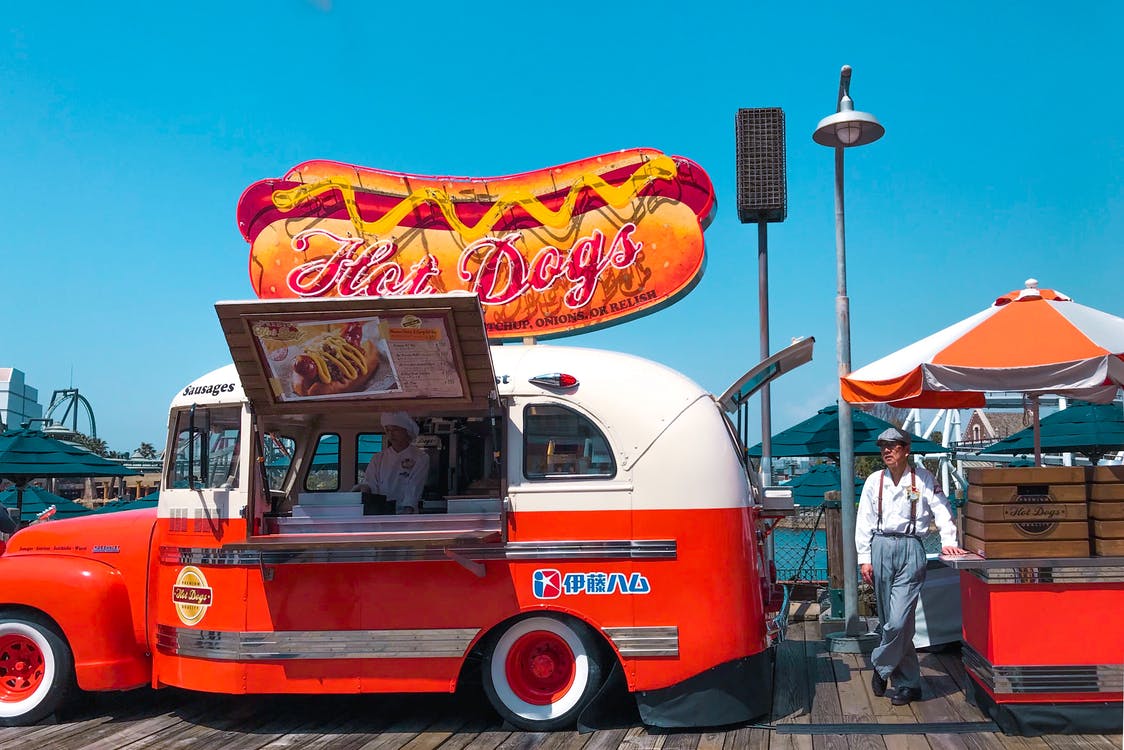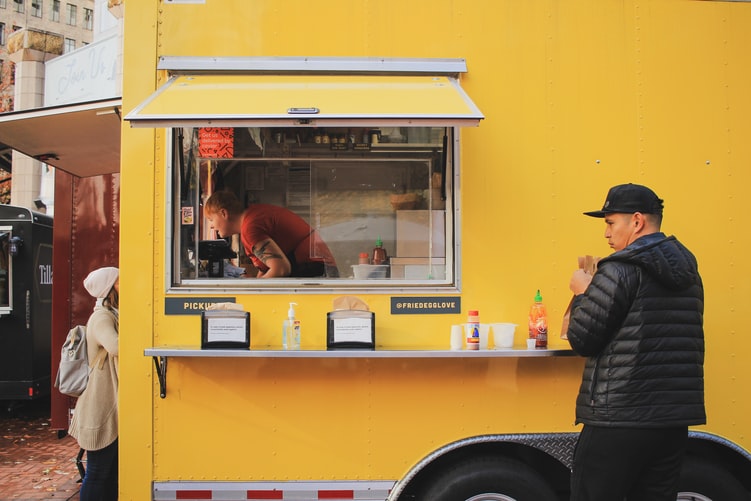Have you ever noticed a food truck near your home, or outside the community park? Food trucks have become a part of our daily life and are a more fashionable way of enjoying quick food.
Things You Need to Know about Food Trucks
Life is changing day by day. New technology is making things more comfortable and easier as they were before. When we talk about food in this high tech age, we all of sudden remind of lavish restaurants, luxurious cafes, and a lot of other places like this. But what if the food is served in a vehicle? The idea is good and is not new as well. We are talking about food trucks. Yes, the food served in a truck.

From food carts to kiosks and now the food trucks, the modification and development in the way food is served are really innovative and has impressed the masses for ages. And every time someone comes up with an innovative idea, people have always welcomed it, be it food processing, storing, or food serving. Food trucks have become very popular among the people, offering a variety of gourmet cuisines.
So, the food trucks are a step different from the way the food is served traditionally. It is convenient, cheaper, and a good way of enjoying your evening with a bunch of friends. Nowadays, these food trucks are found around the streets, in midtown and almost everywhere, where there is a possibility of a regular crowd. Food is processed, cooked, and served in these food trucks only. Food trucks generally serve hamburgers, French fries, sandwiches, ice creams, hot dogs, and other fast foods. Food truck in simple words is mobile cuisine.

Fact File of Food Trucks
- Food trucks are said to be originated from America. The Texas Chuckwagon is considered to be the precursor of today’s food truck. It started around late 17th It started with the food carts where the people used to push the carts and used to sell street food on them. A cattle rancher, Charles Goodnight put food and medical supplies in the wagon and made shelves, drawers, and kitchenwares. The food he supplied was coffee, dried beans, bacon, beef, salt pork, cornmeal, and some of the other easily preserved foods. This was the first prototype of the modern-day food trucks.
- Later on, the lunch wagons in New England became popular among the people due to their night servicings. These food wagons used to serve food to the nighttime workers and popularly known as night owls.
- The food trucks or mobile food trucks started to serve the people on construction sites and the blue-collar workers for several years. These were also known as “roach coaches”. The culture of the taco truck is supposed to be introduced to California by the Mexican immigrants and this is how the food trucks evolved eventually.

- Walter Scott, a vendor cut the windows in a covered wagon. He packed the wagon in front of a local newspaper office at Providence, R.I. He sold coffee and sandwiches with pies to the pressmen and journalists who often used to work late.
- Thomas H Buckley, a lunch counter boy fro Worcester, Mass-manufactured his own food wagon in the late 1880s. There were many models of food wagon then, from owl to the white house café. These all came in several colors with lots of ornamental decorations. Thomas introduced the Tile Wagon in 1892. The wagon had silver carriage lamps with brass spittoons, very fine mosaics, and plate glass mirrors. And this was how the food truck got its fancy form. Later, the food trucks were modified to attract customers.
- Mobile canteens, which was a version of food trucks, intended around the 1950s. The US army used to regulate and operate them. These were meant to provide a fast way of serving food, a quick bite at very low costs.
- Food trucks became so famous that people started to hire them for parties, celebrations, weddings, school events, festivals, etc. Very soon, food trucks mushroomed so much that they became a threat to traditional restaurants.
- Around the 1900s, the food truck lost its wheels and got modified into dining cars. The present-day food truck is said to be descended from the food catering vehicles which were in trend post-WWII.
- The Kogi Korean BBQ food truck is said to be one of the pioneers of the gourmet food truck moment which serves a fusion of Mexican and Korean cuisines. It was founded in 2008 and it used to announce its location using social media. This resulted in the use of social media marketing for food trucks due to the use of Twitter by Kogi.

The modern-day food truck isn’t the same old food vehicle which used to serve the construction site people and blue-collar jobs. Coolhaus, the gourmet ice cream maker based in Los Angeles, owned 11 trucks and carts, 2 storefronts in 2009, and by September 2014, it has more than 2500 retail partner stores. At the present time, it is very respected and a way to start a career as a professional chef. The mobile food truck is now a gourmet food truck with a wide range of cuisines, gamut of ethnic and fusion cuisine.

Several famous food trucks are now using social media for their marketing and locations (Twitter, Facebook) so that people can easily track their real-time geographic locations. They also update everything from time, menu to the price on their social networking profiles. Though the mobile food carts have been existence for years long, the food trucks are often changing and bringing innovations and are in a way to hit the food mainstream. Food trucks have become a part of the daily routine in the lifestyle of the USA, but in countries like India, they are still trying to establish. There are several reasons from ethics to food hygiene and it will take some time for the people to accept this concept of Fooding.
